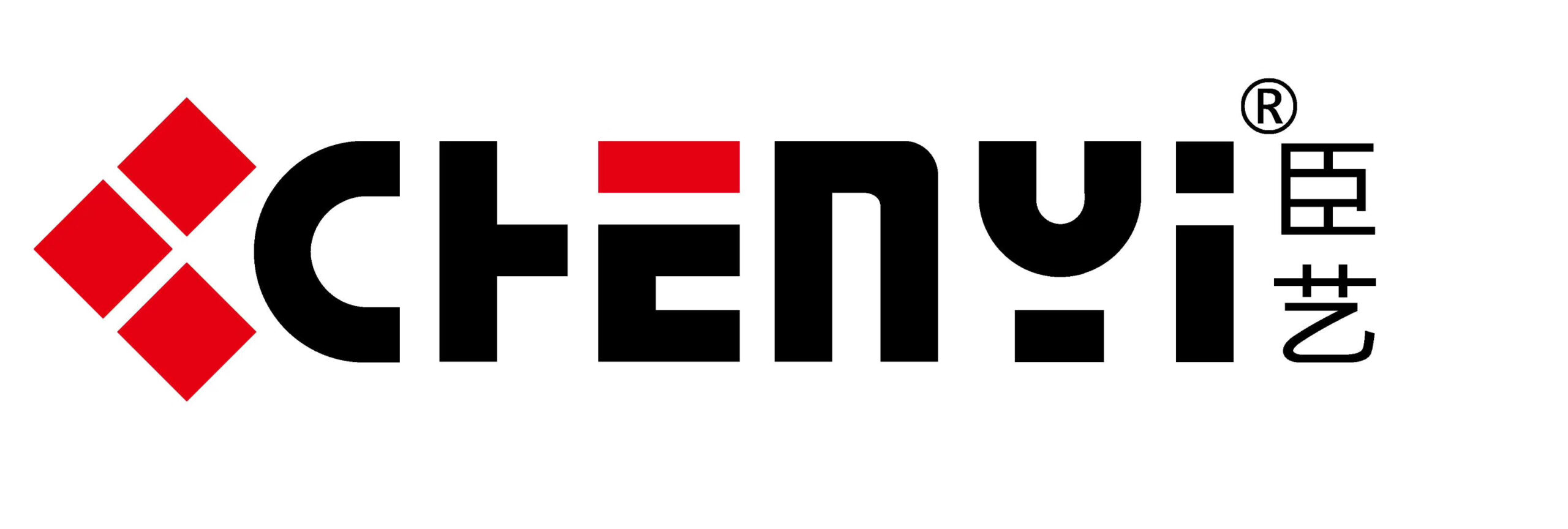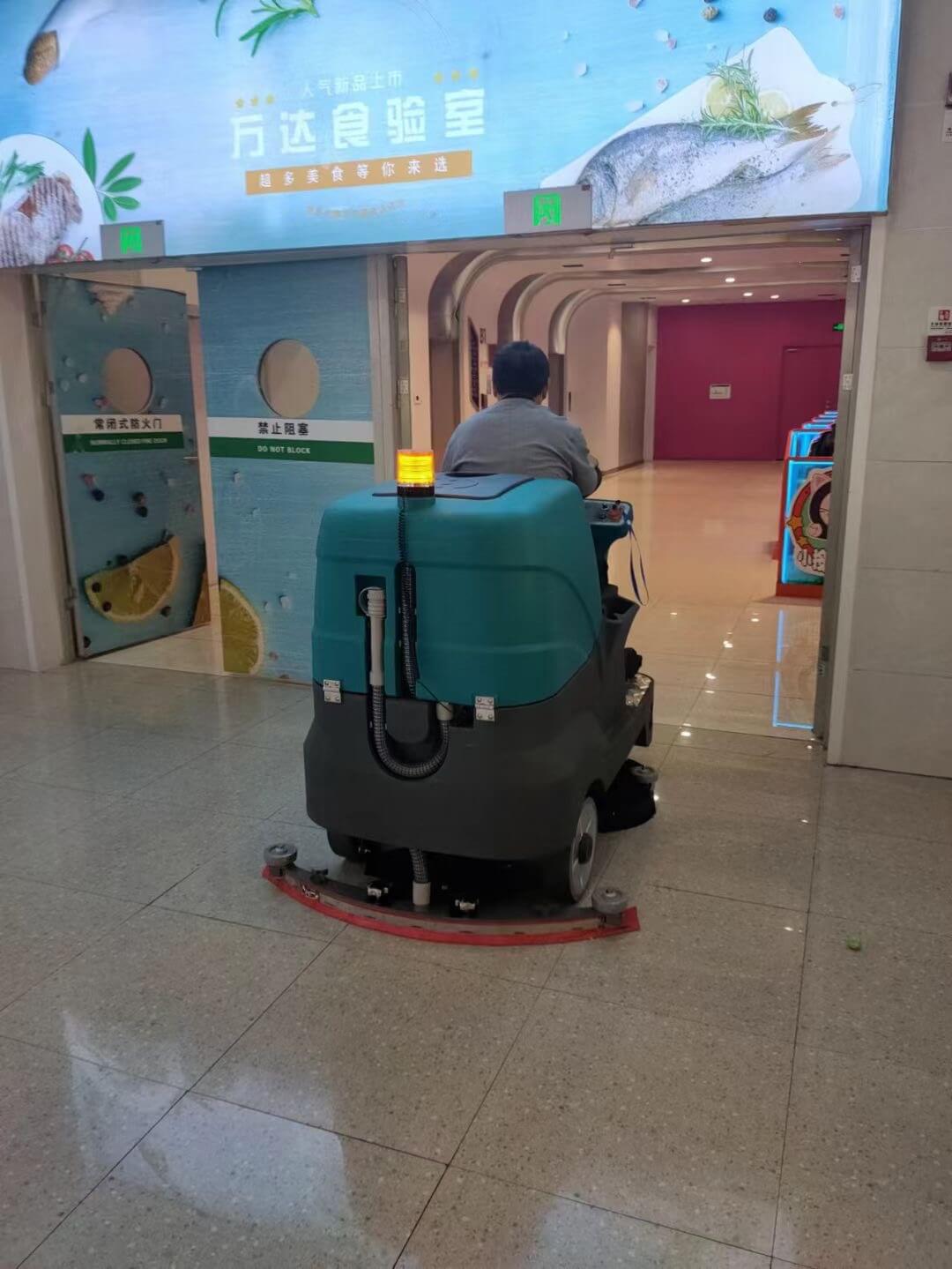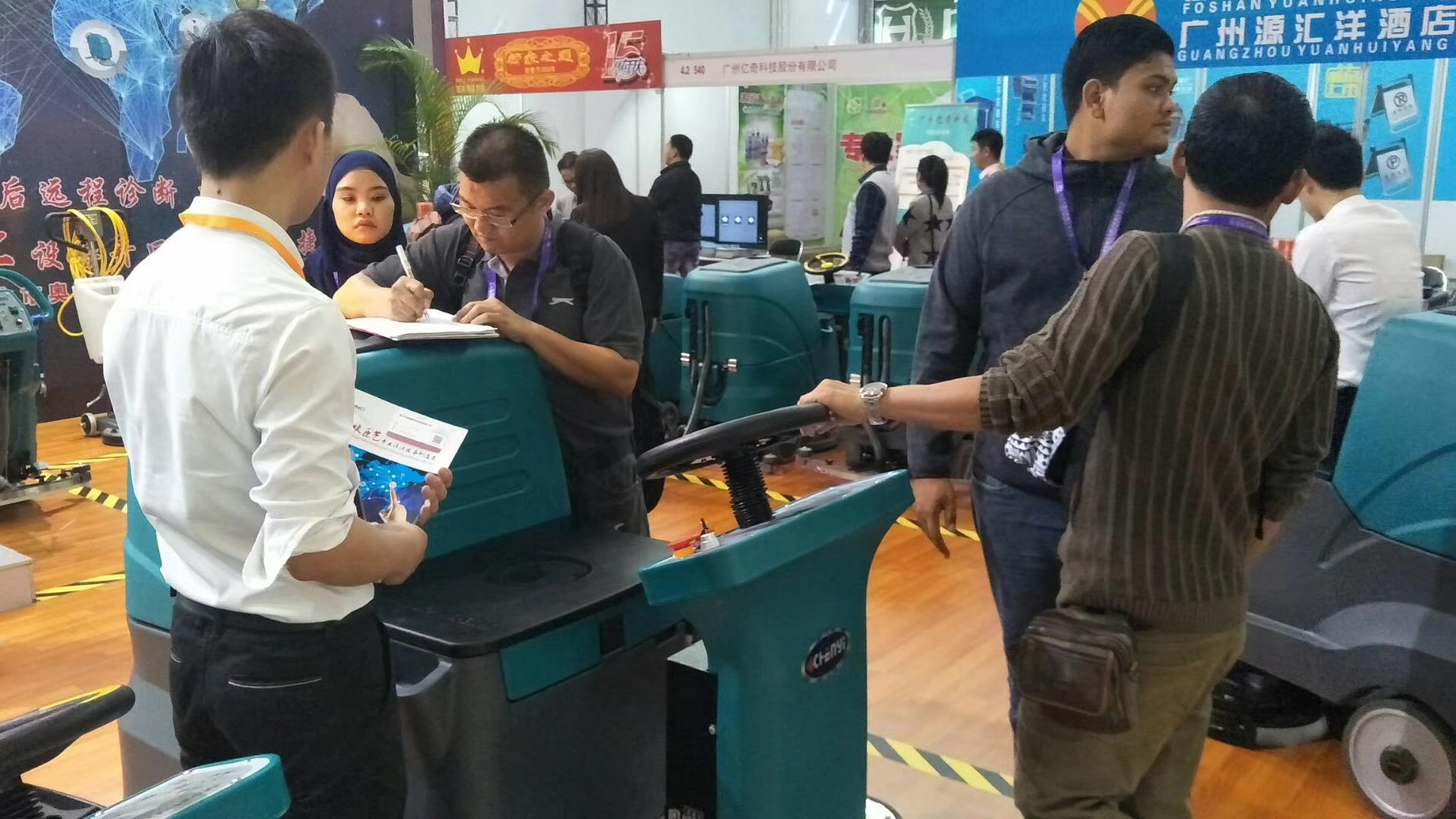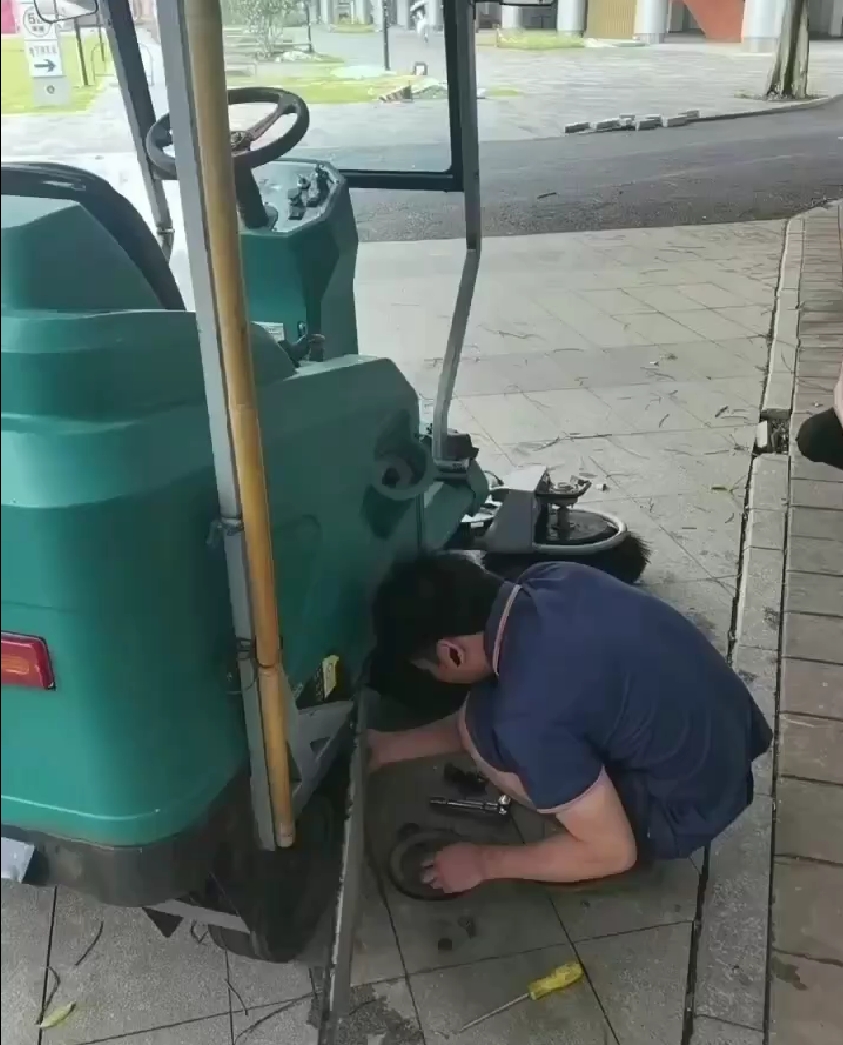When it comes to choosing a walk-behind or a ride-on auto scrubber, facility managers often struggle to determine whether a walk-behind or ride-on auto scrubber is the best fit for their cleaning needs, as each type offers distinct advantages and limitations.
Choosing the wrong machine can lead to inefficient cleaning processes, increased operator fatigue, or unnecessary expenses, ultimately impacting the overall cleanliness and maintenance budget of the facility.
This post is a complete guide on how to choose walk-behind or ride-on auto scrubbers and will help facility managers find the ideal machine that perfectly balances efficiency, cost-effectiveness, and practicality for their specific cleaning needs. This informed decision will lead to improved cleaning results, increased productivity, and potentially significant cost savings in the long run.
Table of contents:
- Overview of walk-behind and ride-on types
- Size and Maneuverability
- Cleaning Capacity and Efficiency
- Cost Considerations
- Operator Comfort and Fatigue
- Suitable Applications
- Storage and Transportation
- Maintenance and Upkeep
- Conclusion
9.1 Summary of Key Differences
9.2 Guidance for choosing the right scrubber
How To Choose Walk-behind Or Ride-On Auto Scrubber – Complete Guide
Auto scrubbers are designed to clean and maintain large floor areas efficiently and effectively, combining the functions of applying cleaning solutions, scrubbing, and water recovery into one machine.
They significantly reduce cleaning time and labor while providing superior results to traditional mopping methods, making them essential for maintaining cleanliness in commercial and industrial settings.
1. Overview of walk-behind and ride-on types
1.1 Walk-behind scrubbers:
- Smaller and more compact
- Better maneuverability in tight spaces
- Suitable for small to medium-sized areas
- Less expensive to purchase and maintain
- Operator walks behind and guides the machine
1.2 Ride-on scrubbers:
- Larger and designed for open spaces
- Higher cleaning capacity for large areas
- More comfortable for operators during long shifts
- It is more expensive initially but can be more efficient for big jobs
- The operator sits on the machine while cleaning
2. Size and Maneuverability
2.1 Walk-behind scrubber dimensions and agility
Walk-behind scrubbers are compact and maneuverable, making them ideal for smaller spaces and areas with obstacles. Here are some key points about their dimensions and agility:
Size: Typically smaller than ride-on models, with cleaning paths ranging from 17 to 24 inches (430 to 600 mm).
Maneuverability: Excellent for navigating tight spaces and narrow aisles due to their compact design.
Dimensions: For example, the Compact size like the Tennant T1B model measures 45.4″L x 19.7″W x 34″H, illustrating the compact nature of these machines. The normal size like CY Walk Behind Scrubber model measures 55″L x 24″W x 41″H (140cmx62cmx105cm).
Versatility: Available in various sizes and configurations to suit different facility needs.
Control: Operators have more direct control over the cleaning process, allowing for precision in targeting specific areas.
These characteristics make walk-behind scrubbers highly agile and well-suited for small to medium-sized facilities or areas with frequent obstacles and tight spaces.
2.2 Ride-on scrubber size and turning radius
Ride-on scrubbers are generally larger than walk-behind models and designed for cleaning expansive areas efficiently. Here’s a brief overview of their size and turning radius:
Size: Typically larger, with cleaning paths ranging from 26 to 40 inches (660 to 1000 mm) or more.
Maneuverability: While less agile than walk-behind models, many ride-on scrubbers are designed to be highly maneuverable despite their larger size.
Variations: Available in various sizes to suit different facility needs, from smaller ride-on models for medium-sized areas to large industrial scrubbers for vast spaces.
So ride-on scrubbers are ideal for cleaning large, open areas efficiently while still maintaining a degree of maneuverability.
3. Cleaning Capacity and Efficiency
3.1 Coverage area per hour
Walk-behind scrubbers:
Typically clean 10,000 to 30,000 square feet per hour
Some models, like the Speed Scrub 300, can clean up to 15,469 sq ft / 1,437 sq m per hour.
Larger walk-behind models can reach up to 28,000 square feet per hour.
Ride-on scrubbers:
Generally, clean 30,000 to 100,000 square feet per hour or more
Exact figures for ride-on models aren’t provided in the search results, but they are known to be significantly more efficient than walk-behind models.
The higher efficiency of ride-on scrubbers is due to their larger size, faster operating speeds, and reduced operator fatigue, allowing for continuous operation over longer periods.
3.2 Tank sizes and run time
Walk-Behind Scrubbers:
Tank Size: Typically ranges from 10 to 20 gallons (38 to 76 liters) for both solution and recovery tanks.
Run Time: Generally offer 2 to 4 hours of continuous operation per battery charge, depending on the model and battery type.
Ride-On Scrubbers:
Tank Size: Usually larger, ranging from 30 to 60 gallons (114 to 227 liters) for both solution and recovery tanks.
Run Time: Often provide longer run times, up to 4 to 6 hours per battery charge, due to larger battery capacities and more efficient designs.
These make ride-on scrubbers more suitable for large-scale cleaning tasks, while walk-behind scrubbers are ideal for smaller, more confined areas.
4. Cost Considerations
4.1 Initial purchase price
Here’s a brief comparison of initial purchase prices for walk-behind and ride-on scrubbers for reference:
Walk-behind scrubbers:
Typically cost between $1,150 and $18,000, Prices vary based on size:
- Micro (13″-15″): $1,150 – $3,599
- Small (17″-20″): $2,450 – $9,800
- Mid (22″-28″): $9,000 – $18,000
- Large (32″-38″): $13,000 – $18,000
Ride-on scrubbers:
Generally cost between $7,000 and $30,000
The price range for both types varies depending on factors such as size, manufacturer, material type, and included features. Walk-behind scrubbers are generally less expensive than ride-on models, making them more suitable for smaller budgets or facilities.
4.2 Operational and maintenance costs
Walk-behind scrubbers:
Total Cost of Ownership (TCO) for a 28″ walk-behind scrubber: $13,009
TCO for a 38″ walk-behind scrubber: $17,655
Ride-on scrubbers:
TCO for a 48″ ride-on scrubber: $44,669
These figures include not just the initial purchase price, but also ongoing operational and maintenance costs over the life of the machine.
Ride-on scrubbers generally have higher operational and maintenance costs due to their larger size and more complex components. However, they can be more cost-effective for cleaning large areas due to their higher efficiency.
It’s important to note that actual costs can vary depending on factors such as usage frequency, environment, and specific maintenance requirements of each model.
5. Operator Comfort and Fatigue
5.1 Physical demands of walk-behind models
Physical strain: Walk-behind scrubbers require operators to stand and walk for extended periods, which can lead to fatigue during long cleaning tasks.
Manual control: Operators need to guide and maneuver the machine, requiring continuous physical effort.
Fatigue: The constant walking and maneuvering can cause operator fatigue, especially during extended cleaning sessions.
Reduced comfort: Compared to ride-on models, walk-behind scrubbers offer less comfort for operators during use.
Higher physical demands: These models generally require more physical exertion from the operator compared to ride-on scrubbers.
Potential for strain: The continuous operation of walk-behind models may lead to strain on the arms, shoulders, and back over time.
In a word, walk-behind scrubbers have higher physical demands and can cause more operator fatigue compared to ride-on models, especially when used for long periods or in large areas.
5.2 Ergonomics of ride-on scrubbers
Reduced fatigue: Operators can sit or stand while using ride-on scrubbers, experiencing less physical strain during extended cleaning tasks.
Comfortable seating: Ride-on scrubbers provide a comfortable ride for the operator, reducing fatigue during long cleaning sessions.
Increased productivity: The comfortable design allows operators to work for longer periods without tiring, leading to increased productivity.
Less physical strain: Ride-on models enhance productivity by covering more ground with less physical strain on the operator compared to walk-behind scrubbers.
Extended use: The ergonomic design makes it easy to operate ride-on scrubbers for extended periods.
We can see that ride-on scrubbers offer superior operator comfort and ergonomics compared to walk-behind models, reducing fatigue and physical strain while increasing productivity during long cleaning sessions.
6. Suitable Applications
6.1 Ideal environments for walk-behind scrubbers
Retail stores: Walk-behind scrubbers are well-suited for cleaning retail spaces.
Schools: These machines are effective for maintaining cleanliness in educational facilities.
Restaurants: Walk-behind scrubbers are ideal for cleaning food service environments.
Small to medium-sized spaces: They are particularly useful in areas requiring high maneuverability.
Tight spaces and narrow aisles: Walk-behind scrubbers excel in environments where agility is key.
Gas stations: These machines are suitable for cleaning service station floors.
Hospitals: Medium-sized walk-behind scrubbers can effectively clean healthcare facilities.
Airports: These scrubbers are capable of maintaining cleanliness in transportation hubs.
So, walk-behind scrubbers are versatile machines ideal for a variety of environments where maneuverability and efficiency in smaller to medium-sized spaces are important.
6.2 Best use cases for ride-on scrubbers
- Large facilities with extensive floor areas to clean
- Open spaces with minimal obstacles
- Warehouses and factories requiring heavy-duty cleaning
- Environments where extended cleaning sessions are necessary
- Facilities prioritizing operator comfort and reduced fatigue.
- Areas requiring high productivity and efficiency in cleaning
- Spaces with smooth, even surfaces that allow for easy maneuvering.
- Commercial locations like large stores, schools, and hospitals
- Settings where deeper cleaning power is needed for tough stains and grime
- Facilities with adequate storage space for larger equipment
In summary, ride-on scrubbers excel in these environments due to their larger size, greater cleaning capacity, and ability to cover more ground quickly while reducing operator fatigue.
7. Storage and Transportation
7.1 Space requirements
Walk-behind scrubbers:
- Smaller footprint, requiring less storage space
- More compact and easier to store when not in use
- Some models have foldable handles for easier storage under lower surfaces
- Generally easier to transport between locations due to their smaller size
Ride-on scrubbers:
- Larger size, requiring more storage space
- Need adequate storage facilities to accommodate their bigger dimensions
- More challenging to transport between locations due to their size
Walk-behind scrubbers have a clear advantage in terms of storage and transportation due to their compact nature. This makes them particularly suitable for facilities with limited storage space or those that need to move the scrubber between different locations frequently.
7.2 Portability between locations
Walk-behind scrubbers:
- More portable due to smaller size and lighter weight
- Easier to transport between different locations
- Can often fit in standard service vehicles
- Some models have foldable handles for easier transportation
Ride-on scrubbers:
- Less portable due to larger size and heavier weight
- More challenging to transport between locations
- May require specialized transportation equipment or vehicles
- Generally not suitable for frequent relocation
Walk-behind scrubbers offer significantly better portability and ease of transportation between locations compared to ride-on models. This makes walk-behind scrubbers more suitable for businesses that need to move their cleaning equipment frequently or service multiple locations.
8. Maintenance and Upkeep
8.1 Routine maintenance needs
Here’s a summary of routine maintenance needs for both walk-behind and ride-on scrubbers:
Battery maintenance: Check charge levels, inspect terminals for corrosion, and ensure connections are secure.
Tank care: Empty and rinse both cleaning and recovery tanks after each use. Store with lids open to prevent mold growth.
Squeegee maintenance: Clean, inspect for wear, and replace blades as needed.
Brush/pad care: Remove, wash, and dry after each use. Inspect for damage and replace when necessary.
Drain and hose inspection: Check for leaks, clogs, or damage. Clean and replace if needed.
Debris tray: Empty before each use.
General inspection: Regularly check for loose parts, leaks, or signs of wear.
These maintenance tasks apply to both walk-behind and ride-on scrubbers, helping to extend the machine’s lifespan, reduce unexpected downtime, and ensure optimal performance. Regular upkeep is crucial for getting the best return on investment for both types of scrubbers.
8.2 Complexity of repairs
Walk-behind scrubbers:
- Generally simpler design with fewer components
- Repairs are often less complex and can be performed more easily
- Many maintenance tasks can be done by operators with basic training
Ride-on scrubbers:
- More complex design with additional components
- Repairs can be more intricate due to the larger size and additional features
- May require specialized knowledge or professional technicians for some repairs
Both types require routine maintenance, but ride-on scrubbers typically involve more complex repairs due to their larger size and additional features. However, the specific complexity can vary depending on the model and brand of the scrubber.
Conclusion
9.1 Summary of Key Differences
Size and maneuverability:
Walk-behind: Smaller, more compact, better for tight spaces and obstacles
Ride-on: Larger, ideal for open areas and extensive floor surfaces
Cleaning capacity:
Walk-behind: Suitable for small to medium-sized areas
Ride-on: Efficient for large areas, warehouses, and factories
Operator comfort:
Walk-behind: Requires more physical effort, potential for fatigue
Ride-on: Reduced operator fatigue, more comfortable for long cleaning sessions
Cost:
Walk-behind: Generally less expensive
Ride-on: Higher initial cost
Storage and transportation:
Walk-behind: Easier to store and transport due to smaller size
Ride-on: Requires more storage space and specialized transportation
Efficiency:
Walk-behind: Lower cleaning speed, suitable for smaller areas
Ride-on: Higher cleaning speed, more efficient for large spaces
Water and solution capacity:
Walk-behind: Smaller tanks, more frequent refills
Ride-on: Larger tanks, longer cleaning time between refills
These differences highlight that walk-behind scrubbers are better suited for smaller, more confined spaces, while ride-on scrubbers excel in large, open areas where efficiency and operator comfort are priorities.
9.2 Guidance for choosing the right scrubber
Facility size:
Walk-behind: Suitable for smaller to medium-sized areas
Ride-on: Ideal for large facilities with extensive floor surfaces
Maneuverability:
Walk-behind: Better for tight spaces, obstacles, and narrow aisles
Ride-on: More efficient in open areas with fewer obstructions
Cleaning efficiency:
Walk-behind: Lower cleaning speed, suitable for smaller areas
Ride-on: Higher cleaning speed, more efficient for large spaces
Operator comfort:
Walk-behind: Requires more physical effort, potential for fatigue
Ride-on: Reduced operator fatigue, more comfortable for long cleaning sessions
Cost:
Walk-behind: Generally less expensive, more budget-friendly
Ride-on: Higher initial cost, but potentially more cost-effective for large areas
Storage and space requirements:
Walk-behind: Easier to store, requires less space
Ride-on: Needs more storage space
Floor-type and cleaning needs:
Consider the type of flooring and the level of cleaning required
Cleaning path size:
Assess the width of aisles and doorways to ensure the machine can pass through
Maintenance:
Both types require regular maintenance, but ride-on models may be more complex.
To choose the right auto scrubber, carefully evaluate your facility’s specific needs, and assess your facility’s size, layout, cleaning frequency, budget constraints, and operational requirements to choose the most suitable scrubber type:
Consider walk-behind scrubbers for smaller areas with obstacles and ride-on models for large, open spaces, while factoring in operator comfort and long-term operational costs to make an informed decision that optimizes your cleaning efficiency.











